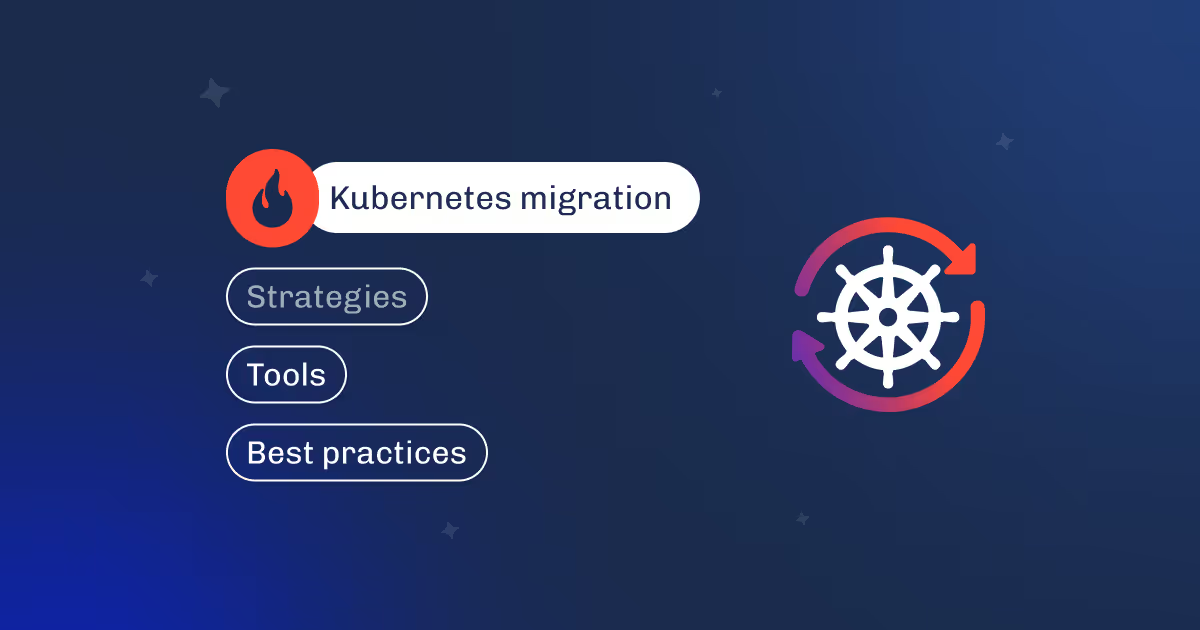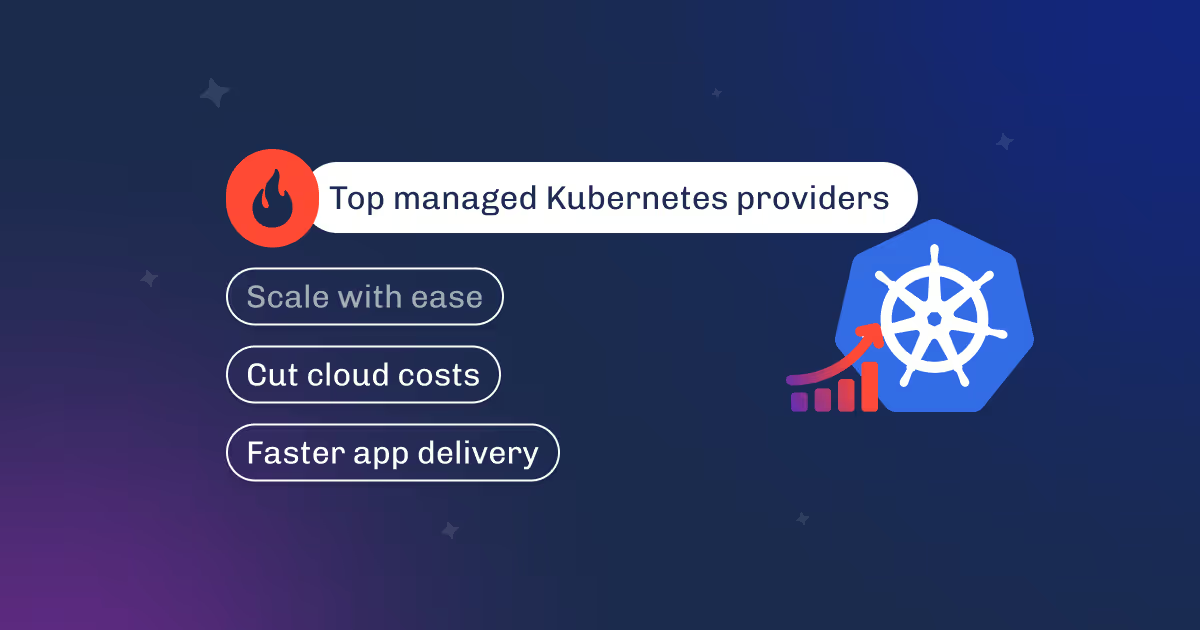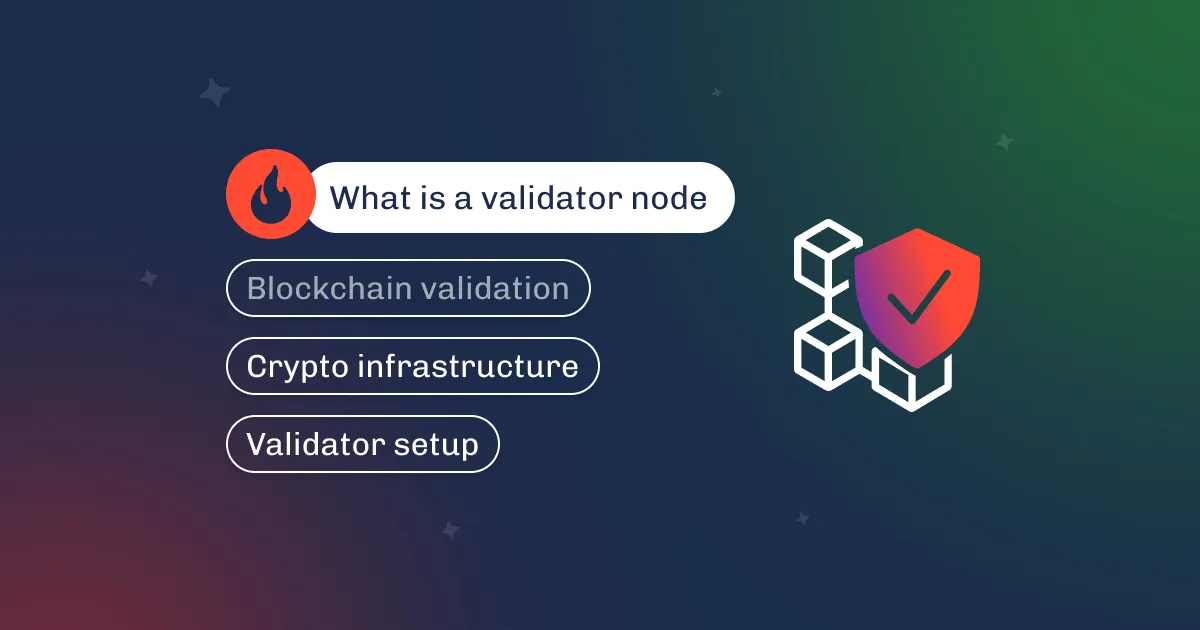

Not every node in a blockchain is created equal. Some simply keep a copy of the ledger; others make the rules real. These are validator nodes—the heartbeat of proof-of-stake networks. They don’t just watch transactions happen; they decide which ones deserve to exist.
Whether you’re curious about how networks like Ethereum or Cosmos actually agree on the “truth,” or you’re considering running your own crypto node, understanding validators means looking under the hood of modern blockchain governance.
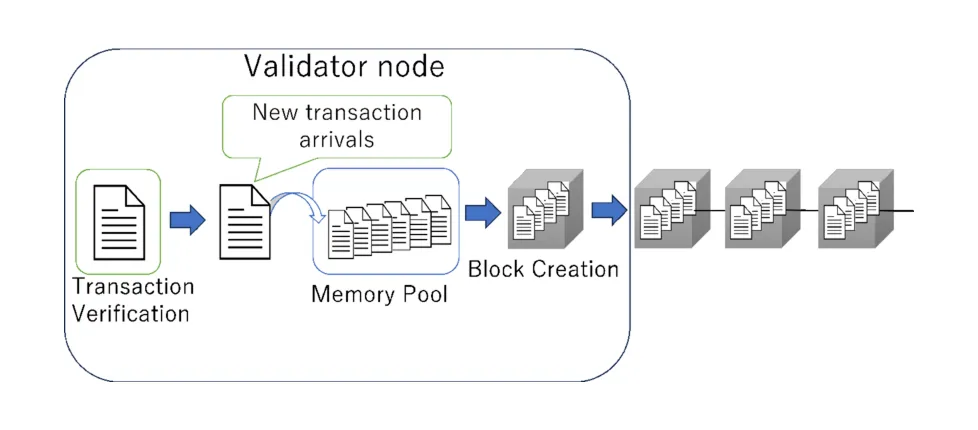
A validator node is a server that participates in verifying transactions and creating new blocks in a proof-of-stake (PoS) or similar consensus network.
Unlike ordinary nodes that only store or read blockchain data, validator nodes actively decide which transactions are valid and help finalize the next state of the chain. In short, they’re the backbone of consensus—the entities that keep decentralized systems both accurate and alive.
In proof-of-stake networks, validators replace miners from proof-of-work. Instead of solving cryptographic puzzles, they lock a certain amount of cryptocurrency as collateral (stake) to earn the right to validate transactions and produce blocks.
Each validator node runs specialized software that connects to other nodes, receives unconfirmed transactions (mempool), and checks whether they meet the protocol’s rules. When selected by the consensus algorithm—such as Ethereum’s Casper FFG, Cosmos’s Tendermint BFT, or Solana’s Proof-of-History combined with Tower BFT—the validator proposes or votes on a new block.
If a validator behaves honestly, it earns rewards (block rewards, fees, or staking income). If it cheats, goes offline, or signs conflicting data, part of its stake can be slashed, creating a strong financial incentive to maintain integrity and uptime.
Validators are not only transaction checkers—they’re the reason blockchains stay secure and decentralized. Their collective honesty ensures that no single party can rewrite history or double-spend funds.
The distribution of validator nodes across independent operators is what defines a network’s level of decentralization. A blockchain with hundreds of geographically diverse validators (like Cosmos or Polkadot) is far harder to corrupt than one dominated by a few entities.
Moreover, they enforce finality—the point when a transaction becomes irreversible. In PoS systems, once two-thirds of participants attest to a block, it’s cryptographically locked in. Any attempt to alter it would require controlling most of the total stake—an economically unfeasible attack in well-distributed systems.
While the core idea remains the same—validate and secure—each blockchain tailors its validator logic to its architecture:
Despite differences in architecture, all validator nodes share one mission: to maintain the truth of the blockchain by ensuring every block follows the rules, is agreed upon by peers, and is permanently recorded.
Each validator helps determine which transactions are valid, when a block is produced, and how the chain reaches agreement.
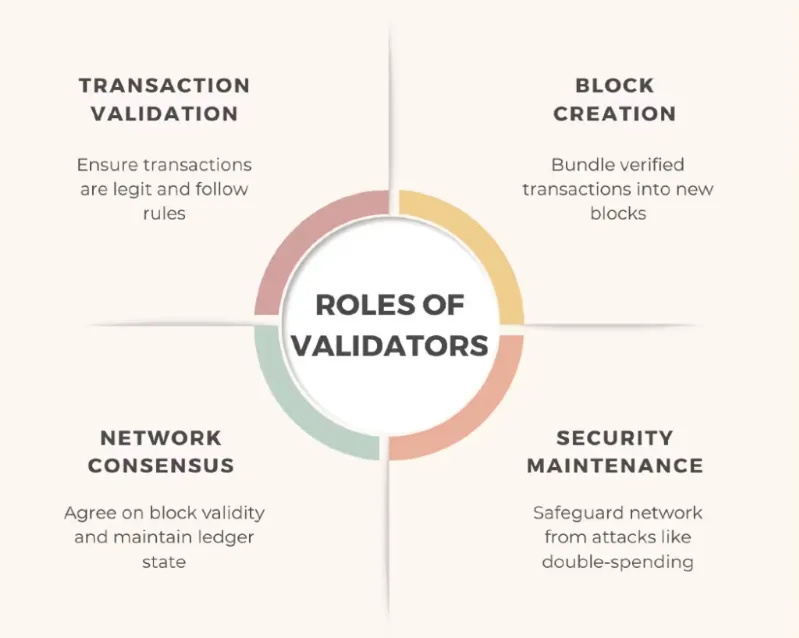
Every blockchain has a stream of unconfirmed transactions sent by users. Validator nodes constantly listen to this mempool, validate each transaction against the network’s rules (checking signatures, balances, and nonce order), and then package valid ones into a block proposal.
When it’s a node’s turn—determined by the consensus algorithm—it proposes a new block containing those verified transactions. Others then check it independently, and only when enough participants confirm that the block follows protocol rules does it become part of the canonical chain.
This continuous process—propose, verify, and finalize—keeps the network synchronized and resistant to manipulation.
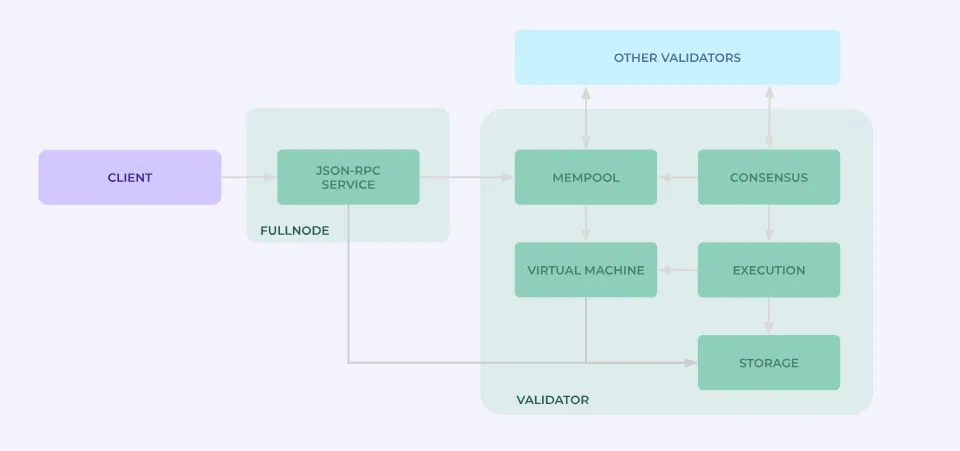
Consensus isn’t achieved by a single node; it’s a collective process. Each validator communicates with others over peer-to-peer channels, voting on block validity and ordering.
Each network uses different terminology, but the logic remains the same: validators coordinate trustlessly through cryptographic voting.
The proof-of-stake model relies on skin in the game. Validators must lock tokens as collateral, which can be partially destroyed (slashed) if they misbehave—for instance, by going offline, double-signing blocks, or broadcasting conflicting votes.
This financial stake is the foundation of Byzantine fault tolerance in modern networks: honest behavior is profitable, malicious behavior is expensive.
On the flip side, good performance—maintaining uptime, quick propagation, and correct validation—earns validators rewards, either through new token issuance (inflationary rewards) or transaction fees. Over time, this creates a self-sustaining incentive loop for network security.
Behind the scenes, these nodes are highly networked machines. They connect through gossip protocols, sharing transaction data and block proposals with peers. Many also rely on sentinel or relay nodes—additional components that handle communication and protect the main infrastructure from DDoS attacks.
Validators also use remote signers or hardware security modules (HSMs) to store their private keys securely, minimizing the risk of compromise. These architectural layers ensure they remain both secure and consistently available—the two conditions every healthy blockchain depends on.
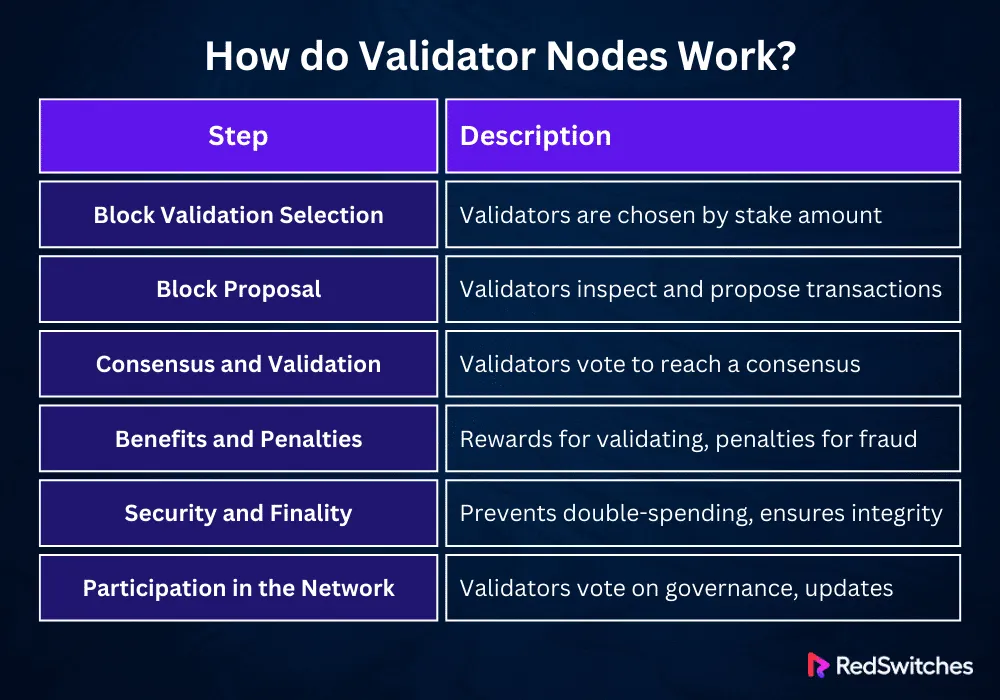
At first glance, validator nodes and full nodes may seem identical—both store blockchain data and verify transactions. But their roles in the network are fundamentally different. One is a decision-maker, the other is a record-keeper.
A full node downloads the entire blockchain, validates every transaction, and keeps an up-to-date copy of the network state. It independently verifies blocks proposed by validators or miners, ensuring that each follows protocol rules.
Full nodes are non-consensus participants—they don’t create or vote on blocks but act as watchdogs, preventing invalid data from spreading. They’re essential for transparency and trustless verification: any user can run one to confirm that the blockchain operates as promised.
Because full nodes aren’t required to stake or lock tokens, they’re accessible to anyone. Running one is often about sovereignty—the ability to verify the chain without relying on third parties.
A validator node, by contrast, takes an active role in consensus. It doesn’t just check transactions—it decides whether a block should exist. They propose and vote on new blocks, and in doing so, directly influence the state of the blockchain.
Their participation is secured by staking: to join consensus, a validator must deposit a certain amount of cryptocurrency (for example, 32 ETH on Ethereum or 10,000 ATOM on Cosmos). This stake acts as both a ticket to participate and collateral in case of misbehavior.
In return for maintaining uptime, processing blocks, and signing votes, validator nodes receive rewards—typically in the form of transaction fees or inflationary token issuance.
Validators sit at the core of blockchain governance, earning rewards while shaping the network’s stability and direction.
The most direct motivation to become a crypto validator is financial. They earn block rewards, transaction fees, and sometimes delegation commissions (if the network supports delegated proof-of-stake).
For example, Ethereum participants currently receive rewards in ETH for proposing and attesting to blocks, while Cosmos operators collect ATOM-based inflation rewards plus gas fees. The more uptime, efficiency, and accurate participation they maintain, the higher the yield.
These incentives are designed to keep validators online and honest—the better they perform, the more profitable their operation.
Validator nodes often have voting power proportional to their stake. This power extends beyond consensus: it reaches on-chain governance.
In ecosystems like Cosmos, Polkadot, or Tezos, validators vote on protocol upgrades, parameter changes, and funding proposals. By running a node, operators gain not only rewards but also a voice in how the blockchain evolves.
For institutional players, this influence can be significant—a way to shape policies on block times, inflation rates, and slashing conditions.
Each node contributes to the resilience and neutrality of the blockchain. A network with many independent validators is more resistant to attacks, censorship, and single points of failure.
By running a node, you actively support decentralization, ensuring no single entity can dominate consensus. In some ecosystems (like Ethereum or Cardano), the community monitors validator concentration closely—rewarding diversity and penalizing excessive centralization through protocol design.
Operating a reliable node builds reputation—among delegators, developers, and the broader community. Delegators tend to stake with validators that show transparency, high uptime, and consistent rewards.
For companies and infrastructure providers, this reputation converts into business opportunities: partnerships, institutional clients, and a role in securing next-generation financial systems.
The steps differ from one blockchain to another, but the general path follows the same logic.
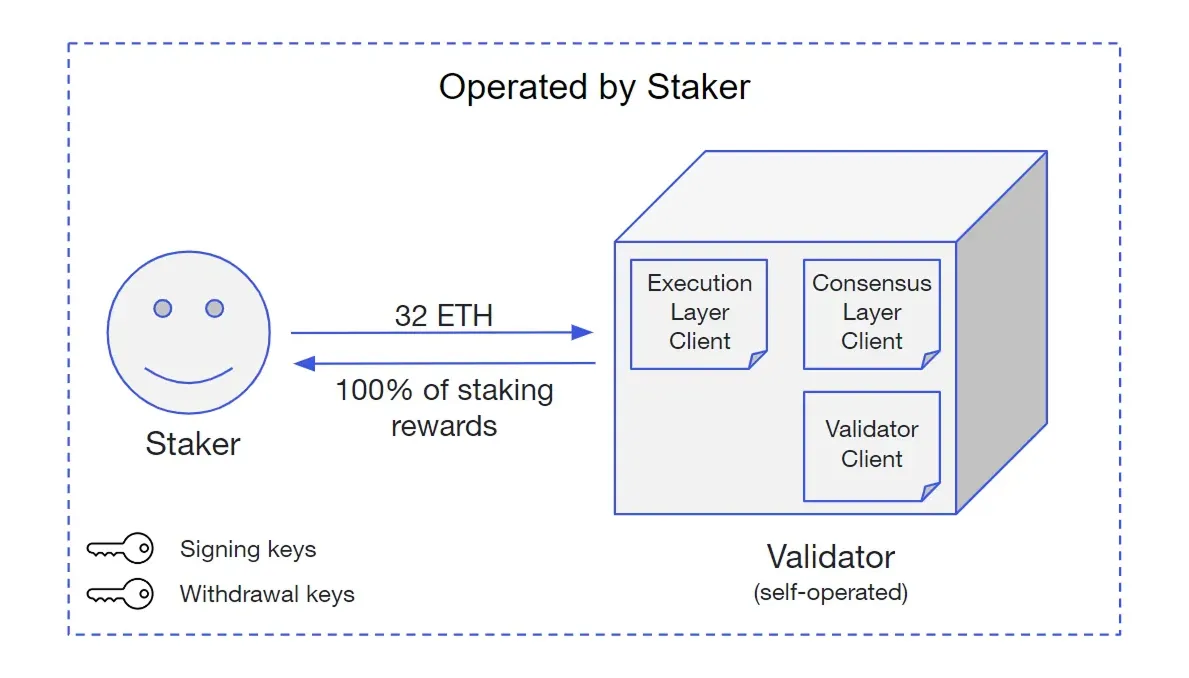
The first step is choosing where you want to validate. Each network has its own consensus rules, hardware requirements, and reward models.
Some ecosystems, such as Polkadot, use nominated proof-of-stake (NPoS), where validators compete for nominations from token holders.
Validator eligibility depends on staking capital—the amount of tokens locked as collateral. This ensures participants have “skin in the game.”
Becoming a validator means locking funds for the long term—they can’t be instantly withdrawn and may be partially lost in case of misconduct.
Reliable hardware is critical. A typical validator setup includes:
In high-throughput networks like Solana or Avalanche, validators often deploy bare-metal servers or colocate machines in data centers for performance stability.
Once your node is running and synced, you’ll register it on-chain.
This usually involves:
After that, your node becomes an active participant in the consensus set. Some chains (e.g., Cosmos) require your total stake to rank within the top N validators to be active.
Validators must stay online nearly 24/7. Downtime results in missed rewards or even slashing. Most professionals rely on:
While the process differs across ecosystems, the operational logic is universal: configure correctly, secure your keys, stay online, and never miss a block.
Before going live, you’ll need a stable environment that meets the network’s performance demands.
Each blockchain has its own client software—for example:
After setting up the environment, you’ll:
For security, it’s recommended to run separate processes for consensus and signing—keeping your private key isolated on a remote signer or hardware module.
Private keys are the node’s lifeline—losing or leaking them means losing control (and possibly stake).
Best practices include:
Professional operators also use multi-sig for withdrawals and deploy sentinel nodes (non-validating proxies) to reduce DDoS risk.
Validators must constantly monitor system health, consensus status, and performance metrics:
Most PoS blockchains also release regular network upgrades (hard forks, software version changes).
Slashing occurs when a validator signs conflicting blocks or goes offline for extended periods. To minimize risk:
In severe cases, slashed tokens are burned, and the validator may be jailed (temporarily removed from consensus). Proper configuration and monitoring drastically reduce such risks.
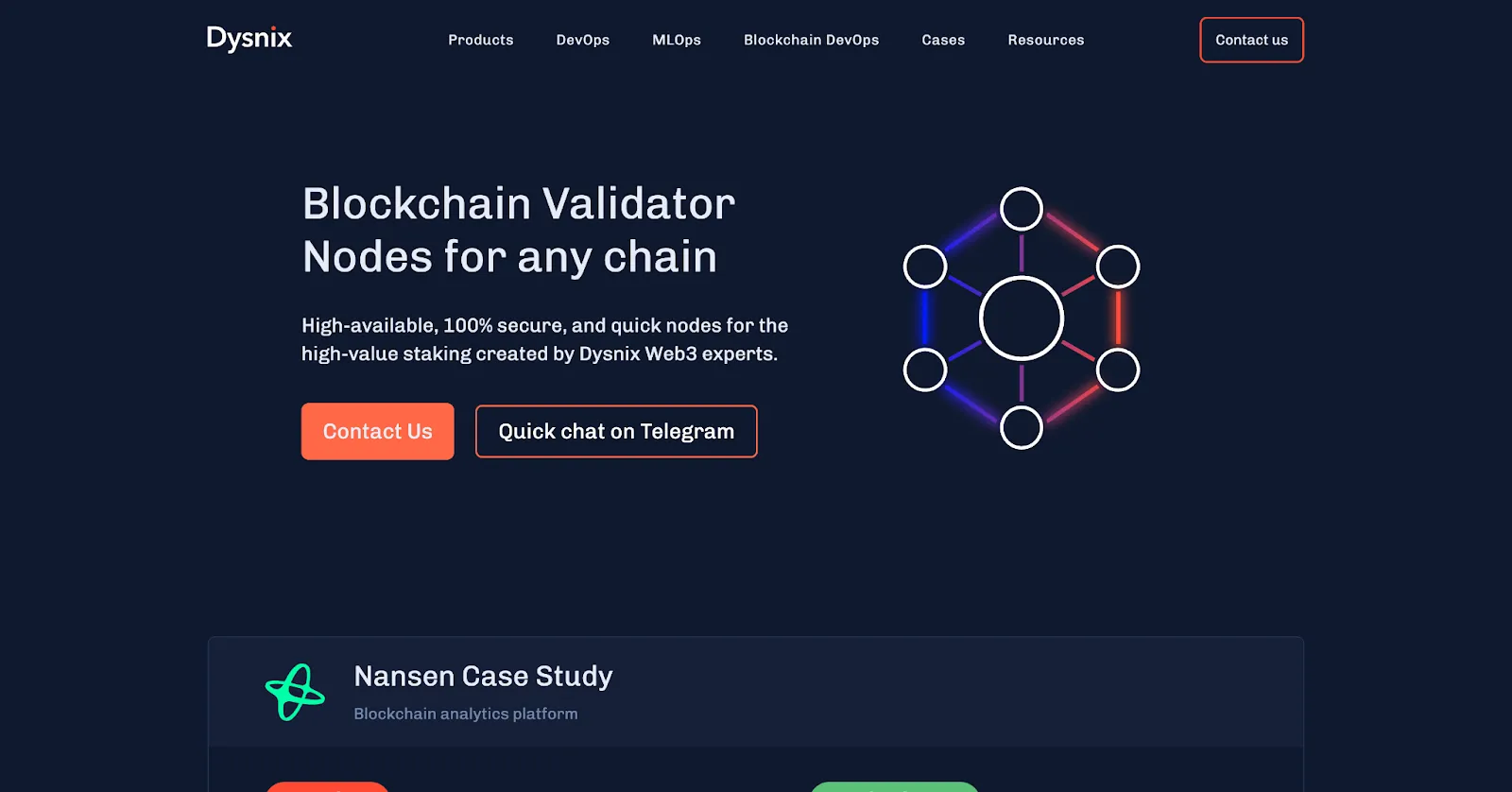
Understanding how nodes work is one thing—running them reliably is another. It takes uptime discipline, infrastructure expertise, and a security-first mindset. That’s exactly where Dysnix steps in.
With 99.9% uptime, automated recovery systems, and tailored DevOps for every chain, Dysnix helps projects and enterprises turn blockchain participation into a stable, revenue-generating operation. Whether you’re launching your first crypto validator node or scaling dozens across multi-chain networks, we build and maintain the backbone—you keep the rewards.





